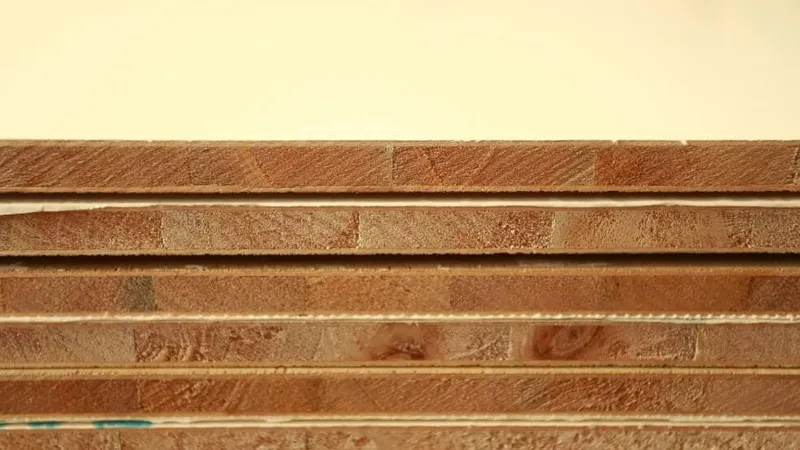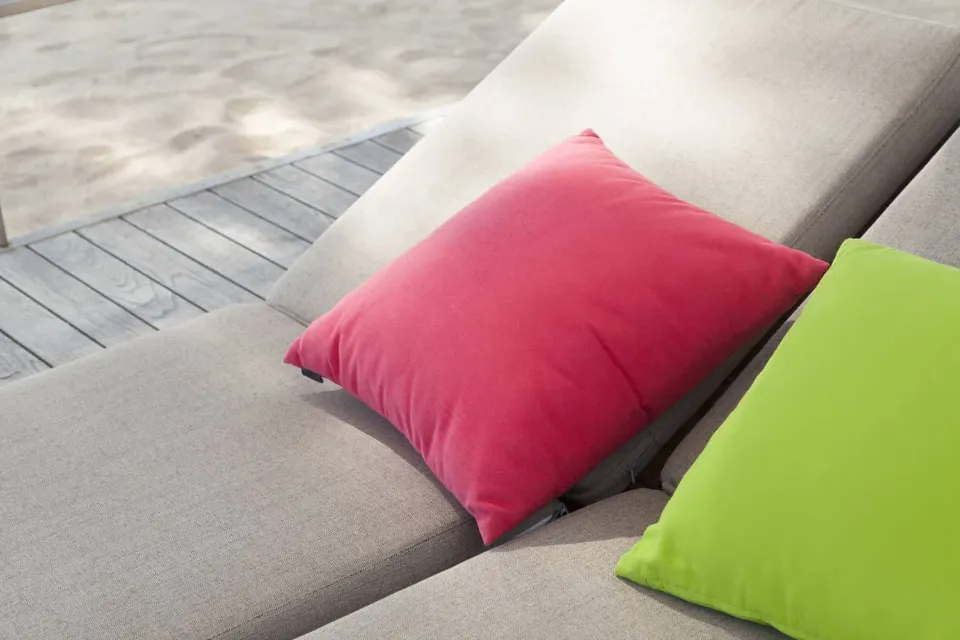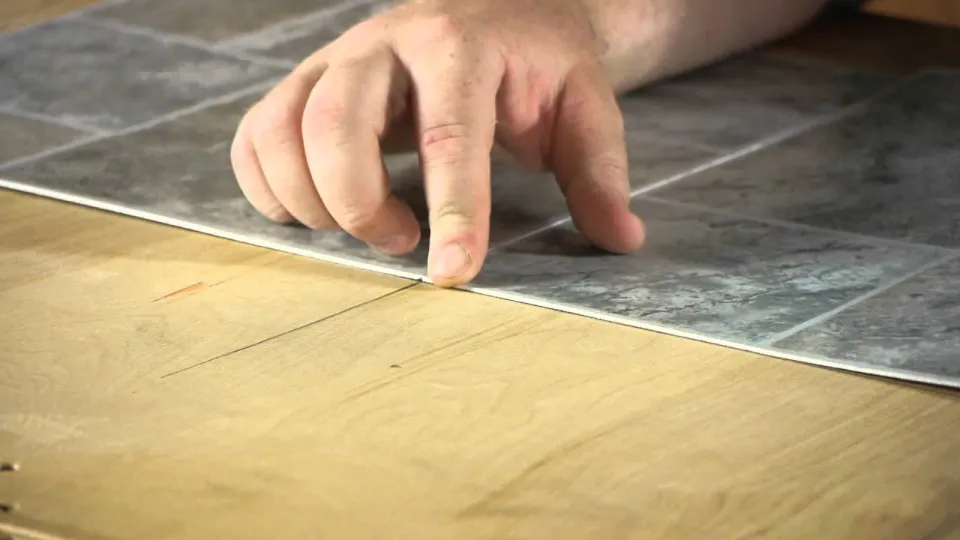What is blockbood? Below will show you the features, types, pros, and cons of the blackboard.
The blockboard is a kind of engineered wood, in which the cork strips are connected and bonded together from side to side for processing, usually a sandwich structure of hardwood is placed between them. Blockboard typically comes in a variety of sizes and thicknesses. 2440 x 1220 x 30mm is the normal size of block board.
Get more information by reading on.
What Are the Features of Blockboard?
- The block wood consists of a softwood core between two sheets or layers of ply
- They do not crack easily
- They are not likely to bend easily when heavy objects are placed on them
- The can be lacquered, laminated, painted and veneered
- It is easy to work with for the carpenters
- They do not split or warp
- The blockboard is lighter than the plywood
- The blockboard cand be cleaned and it is easy to maintain
- They are available in different thicknesses ranging from 12mm-50mm
- They are incredibly resilient and appropriate for uses that call for the use of lengthy pieces of wood.
- The standard size of block board is 2440 X1220 X 30 mm
But it has a propensity to take in and hold moisture. In areas where it is likely to get wet, it must therefore be used with caution. It is not possible to use the glue for the exteriors because it is only suitable for interior use, which is where it is used to press the plywood under high pressure to create standard blockboard. However, there are also specialty grade block boards available that are water resistant and made with a special glue that is appropriate for use outside.
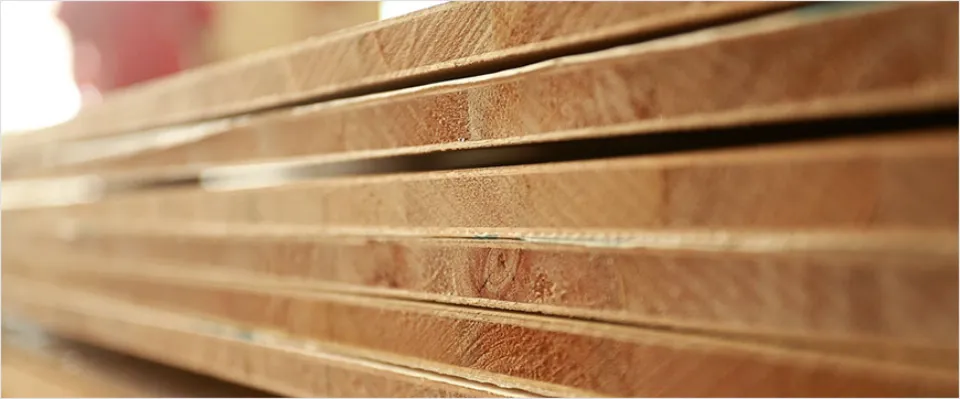
Types of Block Boards
A variety of types of block boards are possible. The types of block boards include
Interior Grade Block Board
They are referred to as MR Block boards, and this is only intended for use in those. “MR” stands for “moisture resistant.”
Exterior Block Board
This kind of blockboard is exceptional quality and intended for use outside as well. They are referred to as BWP grade block boards or BWR grade block boards. In this context, block boards are referred to as BWR (boiling water resistant) and BWP (boiling waterproof).
Softwood Block Board
In this kind of blockboard, softwood battens or strips are sandwiched in between the hardwood veneers and pressed together. This kind of block board is typically intended for interior use, and MR grade block boards are those that typically have a softwood core.
Hardwood Block Board
Hard, expensive, and dense hardwood strips are glued and pressed together under great pressure to create this style of blockboard. The glue used is also one that is meant for use in the exteriors. The core of the BWR and BWP block boards is made of hardwood sheets.
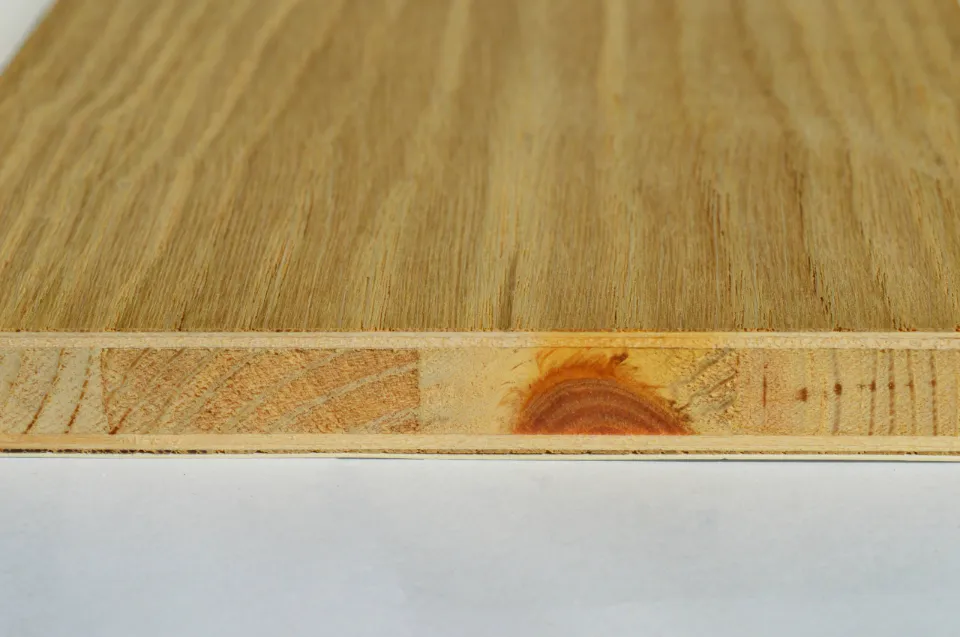
Blockboard Advantages and Disadvantages
Advantages
- Easily the lightest in weight when compared to other engineered wood. The fact that it can be transported easily and cheaply is the main benefit. They are commonly used in interiors due to their lightweight properties.
- It’s easy to work with and easy to handle. Since the interior of the blockboard is made of solid wood strip, its processing requirements are not high, making it convenient for on-site construction.
- Blockboards exhibit greater tensile and durability when compared to other engineering wood. Even in a humid environment, they can display restraint thanks to their moisture-resistant qualities.
- Comparing block boards to particleboard and MDF reveals that they have superior screw strength and high strength.
- Block boards are the most environmentally friendly engineered wood out there. It costs less and gives you the solid wood feeling while using very little glue.
- Blockboards have additional advantages like a flat surface, uniform color, and a gorgeously textured wood veneer.
- is essential for reducing interior costs and is comparably less expensive than plywood.
Disadvantages
- Even though it is strong, plywood itself is stronger and more durable.
- Small gaps that are left inside the core of the blockboard during manufacturing make it challenging to work with. The furniture’s durability may be impacted by this. Carpenters find it challenging to work because of the unavoidable space these gaps create.
- The board might shrink or swell when exposed to certain conditions for a long time.
- Screwing and nailing must be done carefully as it might result in breaking if there are any gaps in its core.
- Poor load-bearing and bending strength are some of the most negative blockboard properties.
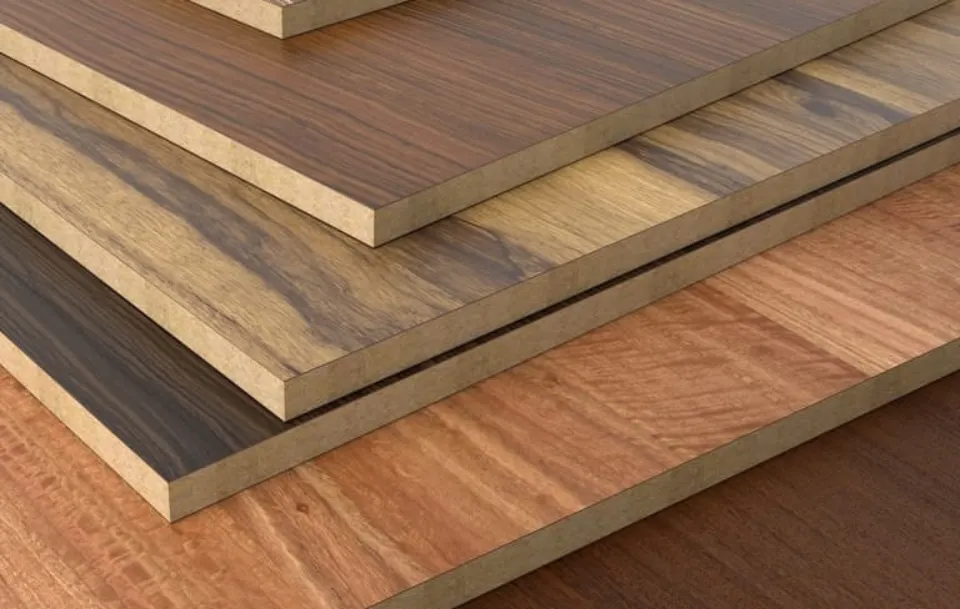
What is Blockboard Used For?
Listed below are some of the top uses of blockboards:
- To make bookshelves, benches, heavy top tables, and sofas
- To make doors and flush doors with a solid core
- For wall panels
- For doors
- For partition walls
- For flooring
- For tables
- For woodwork in railway carriages
- For interior decoration
- For prefabricated houses
- Bus bodies
Processing of Blockboard
Followings are the steps of blockboard processing:
- Slicing
The timber logs are first cut into slices to create the raw materials for the blocks. Strips may be 25 mm.
- Rotary Cutting
Logs are cut using rotary cutting for the outer layer. Consequently, veneer for coating is obtained.
- Gluing
In order to paste the sections, a glue or adhesive is used, such as urea-formaldehyde, phenol-formaldehyde, or plastic resin. Phenol-formaldehyde is required for outdoor grade block plates. The glue is applied under high pressure.
- Drying
To lessen the moisture and remaining water content in the blocks, they are dried. Blocks are kept outside in front of the sun to dry. 10–12% less moisture is present. They are prepared to make a sandwich after a thorough drying.
- Attaching
Blocks are attached together used softwood or hardwood as required for interior or exterior grade required.
- Finishing
Coating and final finishing have been completed.
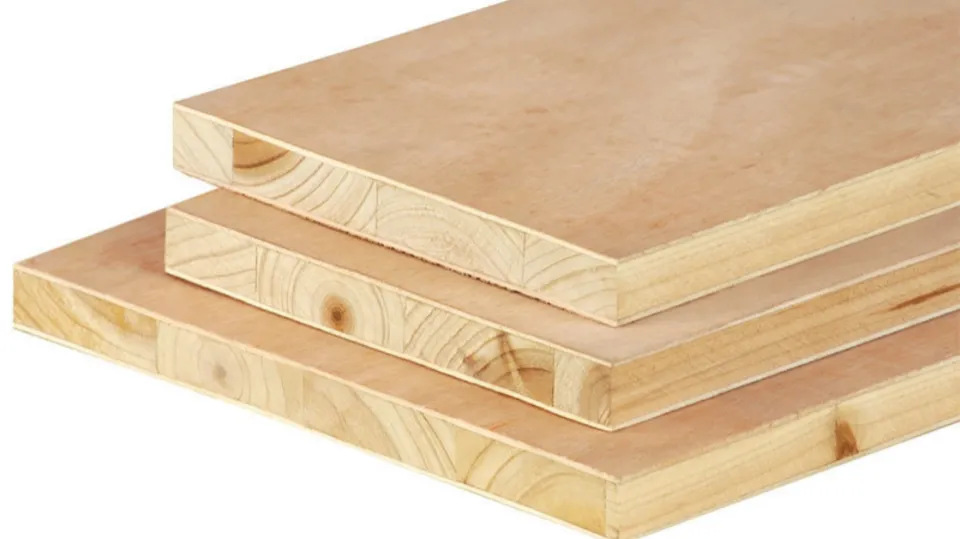
FAQs
Is Blockboard Environmentally Friendly?
Shelves bend little or not at all and due to the lower amount of glue, blockboard is more environmentally friendly than chipboard or MDF made of fibres.
Is Blockboard Solid Wood?
Solid blocks of wood are used to make each blockboard sheet those are attached together using glue. The sheets are called strips or battens. The surface is covered with hardwood veneers.
Is Blockboard a Hardwood Or Softwood?
Block board is a manufactured material with a core made from softwood strip. It is similar to plywood in appearance. Block boards are constructed from solid blocks of wood that are then sandwiched between layers of wood veneer using a variety of chemicals and glued together at high pressure.
How Thick is Block Board?
As per I.S Code: 1659, the thickness of blockboards can be of 12mm, 15mm, 19mm, 25mm, 30mm, 35mm, 40mm, 45mm or 50 mm.
Summary: What is Blockboard?
Blockboard is a type of synthetic board, also referred to as lumber core. an artificial board that looks similar to plywood, but the center layer is made from softwood strips. The strips are positioned in each corner of the blockboard, sandwiched between veneers of softwood, hardwood, or MDF, and heated with glue to set the pulp.
If you have any questions, please leave a comment. My Prime Home tries to give you the best home improvement information. Don’t forget to share the post. Thank you for reading.
